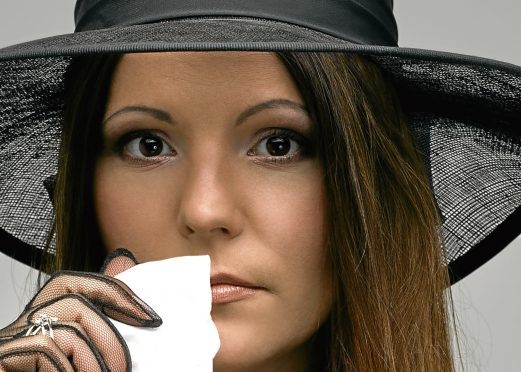Recent publicity about an English Court of Appeal ruling on the rights of unmarried couples has highlighted a misunderstanding many people have about their rights following their partner’s death.
The case concerned an appeal by a bereaved woman, Jakki Smith, who was unable to claim damages following the death of her long-term partner as she was not his spouse.
The court concluded that discriminating against unmarried couples in this way could be contrary to human rights legislation.
Although the case only applies in England and Wales, the rights of unmarried couples in Scotland on death will come as a surprise to many and highlight the importance not just of having a will, but also reviewing existing wills.
A poll showed roughly two-thirds of unmarried couples do not realise the law treats them differently from married couples on death. With an estimated 3.3million unmarried couples in the UK, the potential for a devastating and wholly unexpected loss of support is enormous.
In Scotland, the rights of unmarried couples following a death are relatively straightforward. In the absence of a will, the surviving partner will not be automatically entitled to anything from the estate. The Family Law (Scotland) Act 2006 allows a partner to apply to the court for a share of the estate. The amount is entirely at the court’s discretion and claims can only be made by people who were “cohabiting”.
Claims under the act cannot exceed the amount a spouse or civil partner would have been entitled to. At present, in the absence of a will, a spouse or civil partner is entitled to the deceased’s interest in the home the couple shared up to a value of £473,000.
They are also entitled to contents of that home up to the value of £29,000, cash of £89,000 – or £50,000 if the deceased left surviving children – and a one-third or half share of the remaining moveable estate.
Couples with larger estates cannot rely on the 2006 act if they wish to make sure these pass to the surviving partner.
Married couples with larger estates cannot rely on the default rules which apply in the absence of a will as the value may exceed the surviving partner’s legal entitlement.
The provisions of existing wills, perhaps prepared during a previous relationship, will generally be followed if they are not updated.
If a will exists, a surviving partner will not be able to make a claim under the 2006 act.
Until such time as unmarried couples’ rights are changed, the best way to provide for a loved one on death is to make sure a will is in place.
